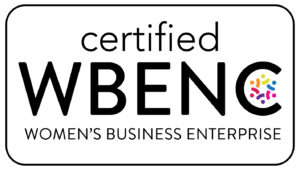There are any number of questions to ask before beginning a successful design project. For instance, does the customer want a tweak or “fix” to existing packaging? Or is it a new package design for a new product? What factors are most important? A short list of these might include cost, aesthetics, ease of product access or functionality, throughput in a production environment, fragility, a combination thereof, or other additional or unique customer requirements.
It’s also important to know anticipated order quantities; as larger volumes might enable opportunities for more unique solutions. Similarly, it’s important to know the shipping environment the packaged product will experience. Armed with that information a designer has parameters within which to create a packaging design that hopefully meets or exceeds the customer’s expectations.
Premier designers have a variety of materials at their disposal. The company converts corrugated paperboard and polyethylene foam in-house. However, with our network of outsourcing partners, we can also incorporate other materials into our designs to meet customer needs. Some of these include, polyurethane, polystyrene and crosslink ethylene foams, thermoformed plastics, chipboard, corrugated plastic and paper honeycomb to name a few. We also use a variety of attachments and fasteners.
The decision to use a particular material or item is usually the result of function, manufacturability, and cost. For instance, it might be more efficient to use a block of EPS foam for a standard block-and-brace application than a bunch of corrugated build-up pads or difficult-to-fold die cuts. Similarly, a die cut corrugated paperboard design might function better out of corrugated plastic if re-use or extreme durability is important. Again, factors most important to the customer must be considered.
Designs are as varied as a customer’s product line. At Premier, we create anything from plain RSCs, to more complex multi-material designs to hold anything from bottled beverages to electronics to food, and beyond.
Regardless how simple or complex, each project is often unique to itself. Some packaging designs must be validated with a drop or vibration test. This is especially true with electronics packaging. Many of these designs include a foam die cut to cradle the product which is then inserted into a corrugated paperboard box. Without being able to test this style of pack, a design might have too much or too little foam. The former would result in unnecessary cost. The latter would result in damaged product.
As you can see a lot of thought must go into a packaging design. As businesses compete more and more on a global level it’s important for them to have packaging suppliers who provide expertise, partnership and value. At Premier, we endeavor to do that every day with every customer we service.

